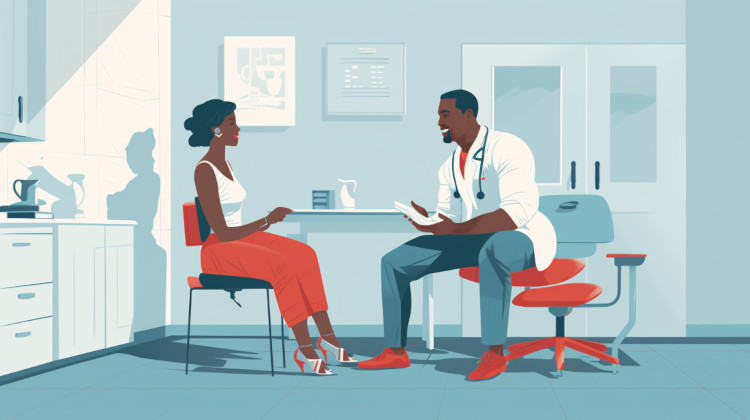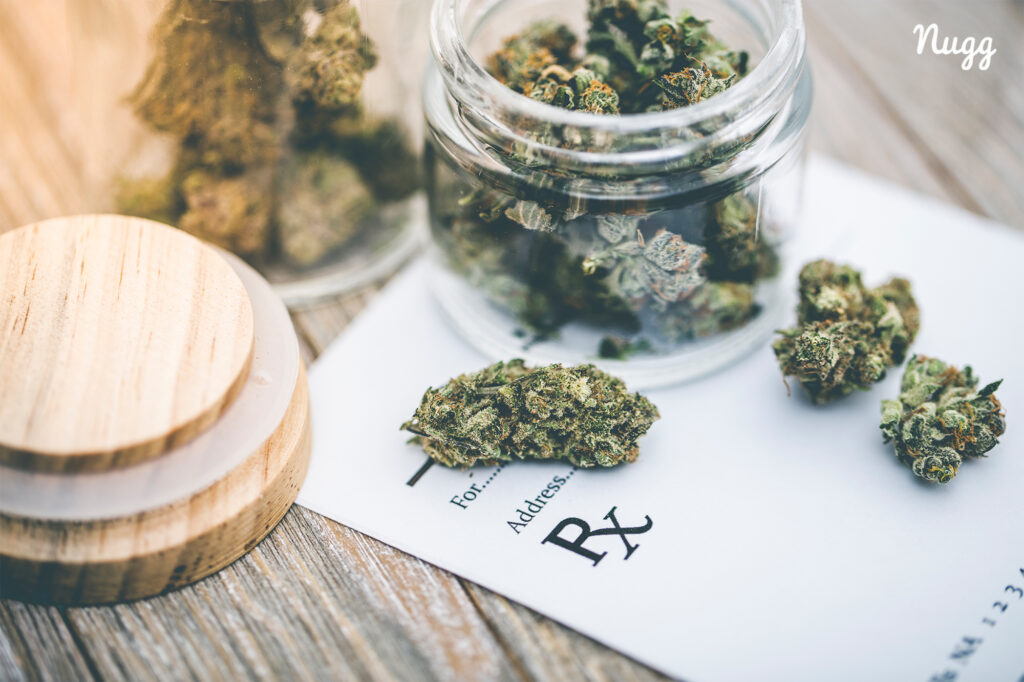
Skin conditions can significantly impact someone’s quality of life. One of the more severe skin conditions is epidermolysis bullosa, an autoimmune disease characterized by fragile skin that often blisters.
The blisters are formed very easily, typically in response to skin contact. They can result from rubbing, scratching, or even heat exposure. Skin injury is one of the most common causes of symptoms.
Most people experience symptoms very early in life. A few variations of this condition exist, and symptoms can depend on an individual's type of epidermolysis bullosa. Regardless of the specific diagnosis, this condition will impact the skin's quality and present other health concerns.
There is currently no cure for epidermolysis bullosa, but there are steps that can be taken to relieve symptoms. Treatment recommendations involve caring for current blisters and preventing new ones from forming.
There are different types of epidermolysis bullosa. Some people with milder symptoms may experience symptoms that improve over time. However, others will have the same degree of symptoms throughout their life. With over 30 subtypes of epidermolysis bullosa, there is a need for more research to understand the different varieties of this condition.
With some subtypes, blisters can form inside the body in areas such as the lining of the mouth. These areas can present more complications. Getting medical attention for more severe blisters may help prevent further complications.
Anyone can develop this condition if they inherit a specific gene mutation. There are not certain genders or ethnic groups that are affected more than others.1
One significant danger of this condition is infection. If you believe you may have an infection, get medical attention quickly.
To manage your condition, take note of symptoms and blisters. This may give you an idea of when to reach out for medical support.
What Causes Epidermolysis Bullosa?
In most cases, epidermolysis bullosa is genetic. This genetic mutation that is inherited changes the way that the body produces specific proteins. Because of this, the skin cannot bind in the typical way.
If you don’t have a family history of this condition and are experiencing symptoms, speak with your doctor.
Epidermolysis Bullosa Signs & Symptoms
Symptoms of this condition are typically visible. If blisters or severe skin irritation occur, it’s essential to ensure you follow the proper care procedures. Skin infections can happen when blisters pop, and they can be very serious.
The symptoms can depend on the severity of their diagnosis and the type of epidermolysis bullosa. Some people may have only a few symptoms, while others may have more.
The most common type is epidermolysis bullosa simplex. Individuals with a mild subtype may experience blisters on the hands and soles of feed, while those with more severe types can experience blisters all over the body. Other symptoms can include
- Thick palm skin.
- Thick skin on the soles of the feet.
- Rough, thick, or missing fingernails and toenails.
- Blisters inside the mouth.
- Changes in skin pigmentation.
Junctional epidermolysis bullosa is one of the more severe types of this skin disorder. Individuals with this type usually experience open blisters on the face, back, and legs. These blisters are prone to infection and may cause severe dehydration. Blisters may also form in the mouth, throat, stomach, and other internal organs. Other symptoms of junctional epidermolysis bullosa can include:
- Rough, thick, or missing fingernails and toenails.
- Hair loss and scarring or blisters on the scalp.
- Anemia.
- Slow overall growth.
- Poor tooth enamel.
- Malnutrition.
The symptoms of dystrophic epidermolysis bullosa can have different symptoms based on whether it is dominant or recessive, with the recessive subtype being the most common. Recessive subtype symptoms can include:
- Loss of nails.
- Blisters may appear all over the body.
- Skin scarring.
- Anemia.
- Slow overall growth.
- Itching.
- Small white bumps on the skin.
Individuals with the dominant subtype may experience some of the same symptoms, like white bumps on the skin and nail loss, but they only get blisters on the hands, feet, elbows, knees, and inside the mouth.
Most people know if they have this condition, and it’s very rare for symptoms to begin presenting later in life, as most symptoms start at birth or shortly after that.
If your child has the symptoms above, contact their doctor and share your observations.
Can Cannabis Help Alleviate Symptoms of Epidermolysis Bullosa?

While there isn’t a cure for epidermolysis bullosa, there are some treatments that can heal current blisters and prevent new ones from forming.
A recent study from 2021 reported that 71 patients were using either CBD or THC only or a combination of THC and CBD. Patients used these varied cannabinoid ratios in inhalable, ingestable, and topical forms.2
Several other small case studies report patients using cannabinoid-based products for epidermolysis bullosa and having positive results, resulting in reduced pain and itching, as well as reducing the use of opioid medication.3,4
Overall, more research is needed to determine what cannabinoids and methods of use are most beneficial for patients dealing with symptoms of epidermolysis bullosa.
Legality and Doctor’s Recommendation
To determine if your state considers epidermolysis bullosa a qualifying condition for medical marijuana, check out our Laws & Regulations section for the medical cannabis rules for your state.
If you find that your state recognizes epidermolysis bullosa or its symptoms as a qualifying medical condition, you can seek a doctor’s recommendation to get your medical cannabis card in your state.
How NuggMD Can Help

NuggMD is the nation's leading medical marijuana technology platform, serving patients in over half the United States. We’ve connected over 2,000,000 patients with their new medical marijuana doctors face-to-face via our state-of-the-art telemedicine platform.
We believe that every human has the right to explore the benefits of medical cannabis and are fully committed to helping each patient explore all their options in their journey to wellness. For further information on whether you qualify for medical cannabis, select your state.
References
- Fine J. Inherited epidermolysis bullosa. Orphanet Journal of Rare Diseases. 2010;5(1). doi:https://doi.org/10.1186/1750-1172-5-12
- Schräder NHB, Gorell ES, Stewart RE, et al. Cannabinoid use and effects in patients with epidermolysis bullosa: an international cross-sectional survey study. Orphanet J Rare Dis. 2021;16(1):377. Published 2021 Sep 6. doi:10.1186/s13023-021-02010-0
- Chelliah MP, Zinn Z, Khuu P, Teng JMC. Self‐initiated use of topical cannabidiol oil for epidermolysis bullosa. Pediatric Dermatology. 2018;35(4). doi:https://doi.org/10.1111/pde.13545
- Schrader N, Duipmans J, Molenbuur B, Wolff A, Jonkman MF. Combined tetrahydrocannabinol and cannabidiol to treat pain in epidermolysis bullosa: a report of three cases. British Journal of Dermatology. 2018;180(4):922-924. doi:https://doi.org/10.1111/bjd.17341
- Filipiuc S-I, Neagu A-N, Uritu CM, Tamba B-I, Filipiuc L-E, Tudorancea IM, Boca AN, Hâncu MF, Porumb V, Bild W. The Skin and Natural Cannabinoids–Topical and Transdermal Applications. Pharmaceuticals. 2023; 16(7):1049. https://doi.org/10.3390/ph16071049
- Walsh KB, McKinney AE, Holmes AE. Minor Cannabinoids: Biosynthesis, Molecular Pharmacology and Potential Therapeutic Uses. Frontiers in Pharmacology. 2021;12. doi:https://doi.org/10.3389/fphar.2021.777804
The information in this article and any included images or charts are for educational purposes only. This information is neither a substitute for, nor does it replace, professional legal advice or medical advice, diagnosis, or treatment. If you have any concerns or questions about laws, regulations, or your health, you should always consult with an attorney, physician or other licensed professional.

